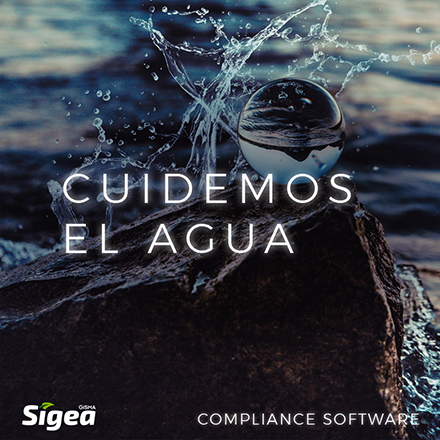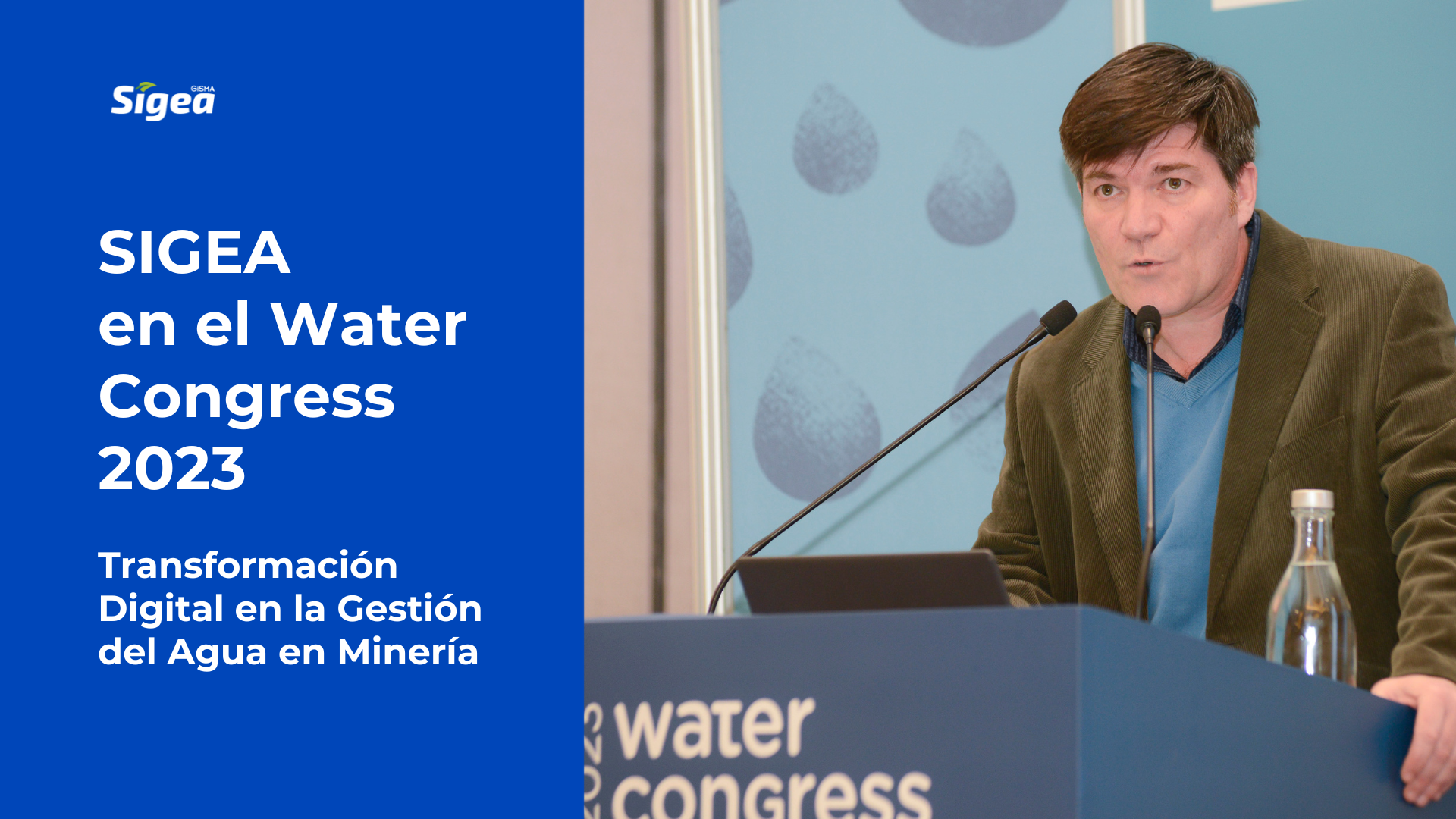Currently, agriculture continues to be the largest consumer of water in Chile, with more than 70 percent of uses, followed by manufacturing industry (12 percent), mining (9 percent) and, lastly, sanitary consumption. As a consequence of this exponential productive growth, each year new basins are added that present serious water scarcity problems, with hundreds of socio-environmental conflicts and conflicts between users; a phenomenon that has its origin in a combination of climate change and indiscriminate consumption.
This is what academics such as researcher Pablo García Chevesich of the Faculty of Forestry and Nature Conservation warn. “In Chile there is no appreciation for the resource and it is very common to see gardens with high water consumption in arid and semi-arid areas -such as Santiago-, 30-minute showers and even people sweeping leaves from the street with the hose. In other words, despite the fact that we are running out of water, we continue to act as if this resource were unlimited”, said the scientist.
The General Water Directorate (DGA) currently has five scarcity decrees in force. In total, 61 municipalities are affected by the phenomenon, where 2,617,934 inhabitants live, 14.89 percent of the country’s population. This situation has its origin in a combination of climate change, overuse of water resources and, above all, a lack of territorial planning, since land use decisions have not considered water as a limiting factor, according to academics from the same faculty.
“The big problem lies in the fact that everything needs water. For example, to produce one tomato requires 13 liters; similarly, one glass of beer requires 75 liters, one egg 135 and to produce one kilogram of meat requires 15,000 liters. Similarly, making a sheet of paper requires 10 liters, while a pair of jeans requires 8,000 liters and a car requires 350,000 liters”.
“We must accept the fact that we will henceforth be a dry country. Therefore, it is extremely important to start taking action today, warned the researcher. Solutions to the problem of water scarcity exist and are being applied in other countries with good results. In Israel, for example, water use efficiency has reached such a level that, despite being a desert area, they literally have water to spare. In fact, Israel even exports water to its neighboring countries, all on the basis of structural solutions represented mainly by seawater desalination, among others.

On the other hand, solutions start at the family level, through changes in the “water culture” of Chileans. Among the tips where experts agree are to modify our gardens, reduce the area covered by lawns, and use species with low water consumption, in order to create an “intelligent garden”, aesthetic and adapted to local climatic conditions. Just by eliminating grass and replacing it with gravel, household consumption can be reduced by 60 percent. Similarly, rainwater can be stored, graywater can be diverted to plants and, most importantly, family and friends can be educated to take care of water.
Solutions at the territorial level are more complex, as each watershed is unique in hydrological terms, and each responds differently to changes in land use. As a consequence, “it is urgent to study the hydrology of our basins in depth and thus be able to propose specific solutions for each hydrological unit. In this sense, the knowledge generated by universities and water resources research centers is a fundamental piece for the generation of policies and the determination of specific structural solutions for each territorial unit.“He hopes that “the new government will invest in long-term structural solutions, combining the construction of reservoirs, water highways, aquifer recharge and, above all, desalination”.
In addition, the call is to forest the upper areas of our watersheds, in order to increase the natural recharge of local aquifers.
Finally, agriculture must move more towards efficient practices, which is achieved not only with technified irrigation, but also through the use of gels, evaporation control, genetic improvement and, most importantly, knowing what to grow and where. In other words, territorial planning in Chile must consider water resources in order to ensure water availability for all users in each basin.
In short, “the call is for all Chileans to spread this cultural and structural change that is becoming more urgent every year. The future of water is in our hands”, as the academic concluded.
Source: https://uchile.cl/u141937




